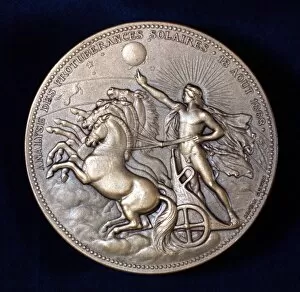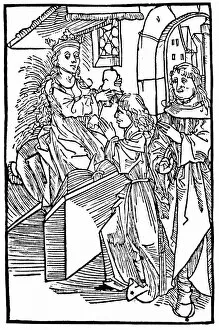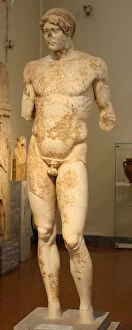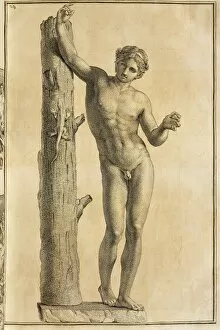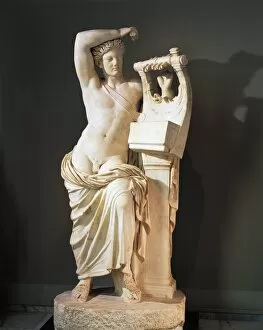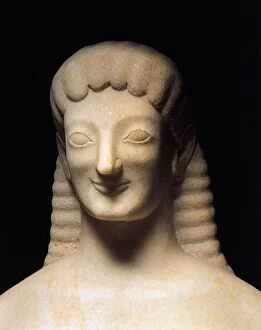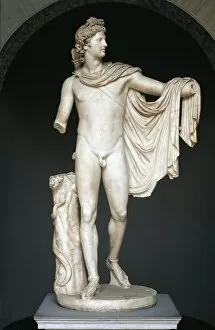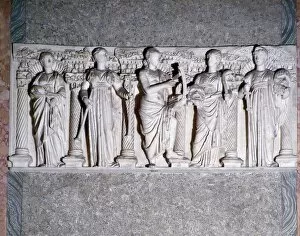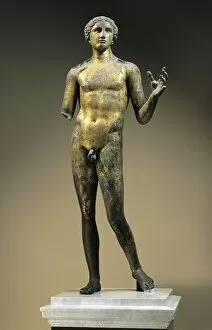Apollo Collection (#42)
"Apollo: Unveiling the Mysteries of the Cosmos and Beyond" In the intricate lines etched on a palmistry map of the hand
For sale as Licensed Images
Choose your image, Select your licence and Download the media
"Apollo: Unveiling the Mysteries of the Cosmos and Beyond" In the intricate lines etched on a palmistry map of the hand, we find traces of destiny intertwined with celestial secrets. Just as our hands hold stories untold, so does Apollo, an enigmatic figure that transcends time and space. Captured in the iconic Earthrise photograph, Apollo reminds us of humanity's audacious journey to touch the stars. With brushstrokes on canvas or chisel against stone, artists have sought to immortalize this god-like presence throughout history. Carl Sagan, a revered US astronomer, once pondered upon Apollo's significance in unraveling the universe's mysteries. Like a Roman statue of Asclepius embodying healing powers, Apollo symbolizes our insatiable quest for knowledge and enlightenment. Atop Naxos' Cyclades Islands stands Gateway - Temple of Apollo; its ancient ruins whisper tales from bygone eras when mortals sought solace within its hallowed walls. In Johan Zoffany's masterpiece "The Sharp Family, " painted centuries later, we witness how even then Apollo continued to inspire awe and reverence. A spacecraft at rest on lunar soil evokes both triumphs and tribulations encountered during mankind's first steps towards conquering new frontiers. And just as The Pythia foretells prophecies at Delphi's Oracle under Apollo's watchful gaze, NASA scientists meticulously chart lunar maps for future explorations. Yet not all encounters with this mythical deity are harmonious; Daphne flees from his relentless pursuit in Greek mythology. This tale serves as a reminder that even gods can be humbled by unrequited love or elusive dreams. From NASA headquarters in Houston to North Tyrol’s meadows where an ethereal Parnassius apollo butterfly delicately flutters amidst blossoms – these diverse landscapes remind us that Apollo’s influence extends far and wide.

